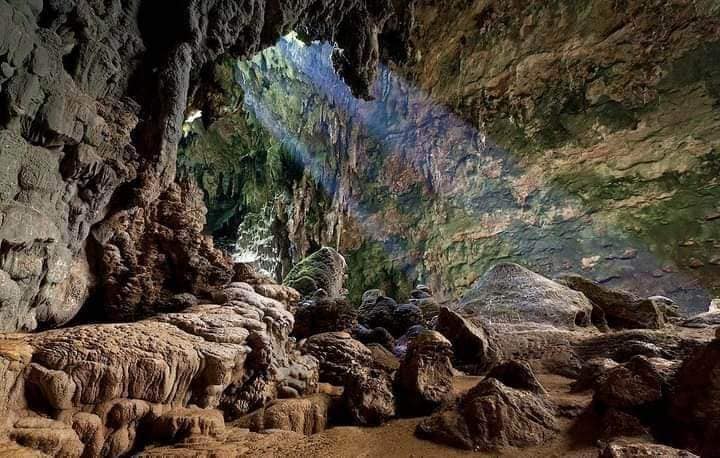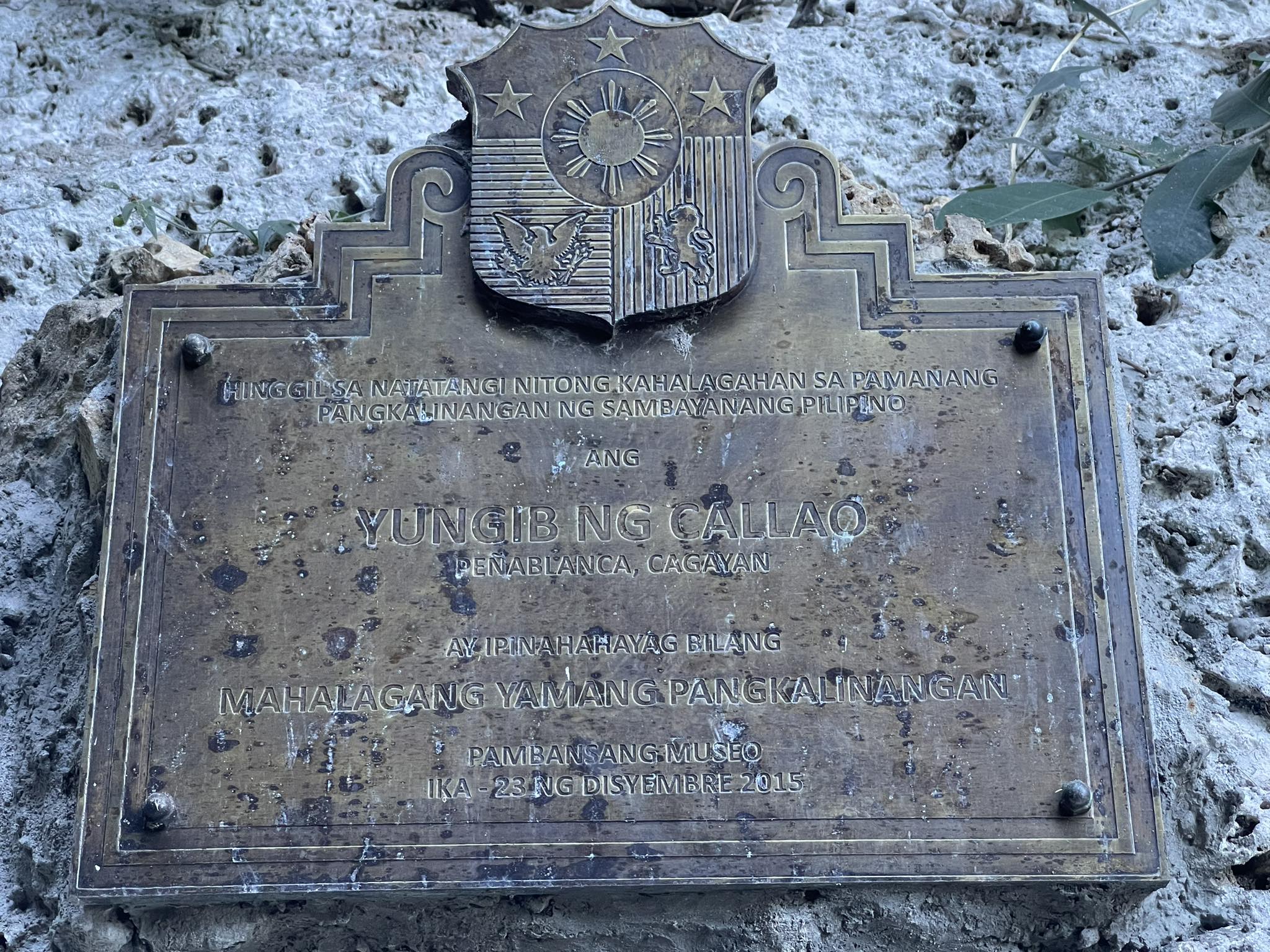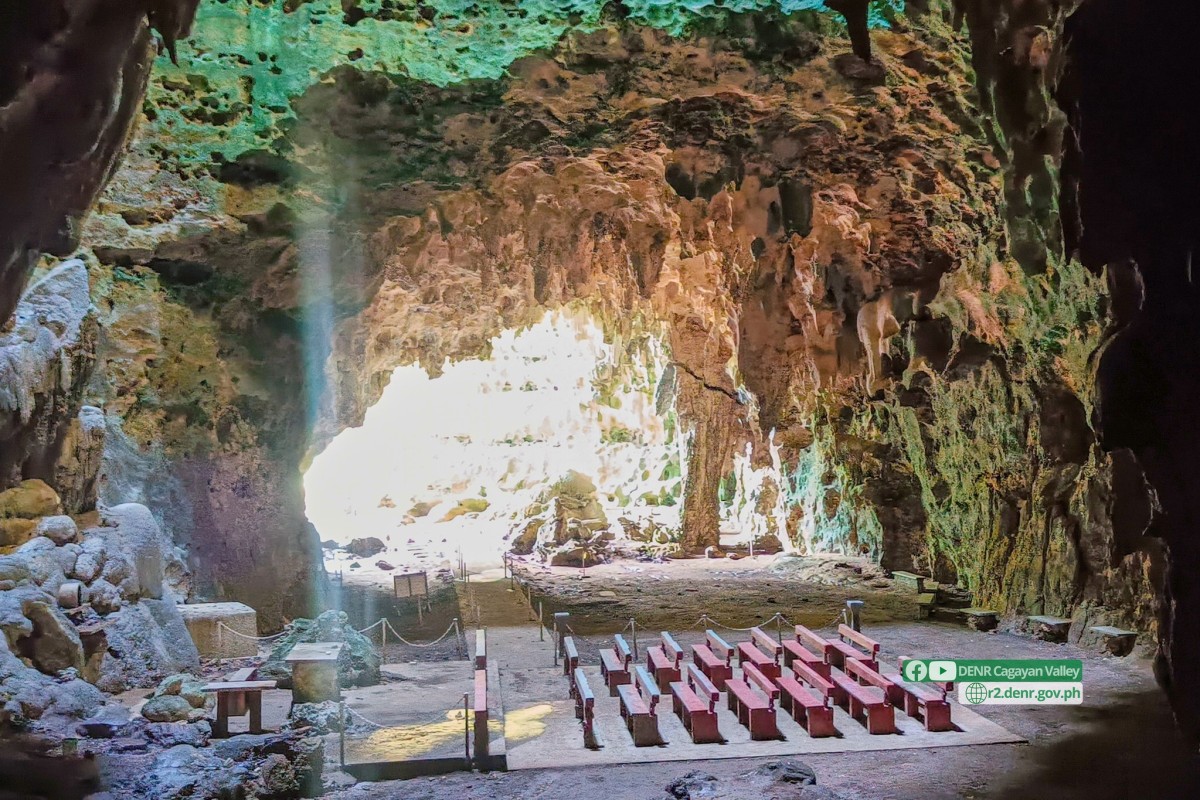TUGUEGARAO CITY, Cagayan (PIA) -- After three years of closure for preservation efforts and due to the COVID-19 pandemic, the famous Callao Cave in Peñablanca town in this province has officially reopened its gates today, October 16, for tourists and nature enthusiasts.
The reopening of the cave was agreed upon through a resolution made by the members of the Protected Area Management Board (PAMB) of the Peñablanca Protected Landscape and Seascape (PPLS).
On its reopening today, tourists will enjoy a free visit to the cave from October 16 to 27.
However, starting October 28, regular tourists shall be charged an entrance fee of P100.00, while students, local residents, senior citizens, and persons with disabilities need to pay P50.00 to enter the cave. Foreign visitors will be charged P200.00.
Children seven years old and below shall be free of charge.
Other fees for car parking, birthday or wedding photo shoots, and other purposes shall also be collected, with rates currently being finalized by the PAMB.
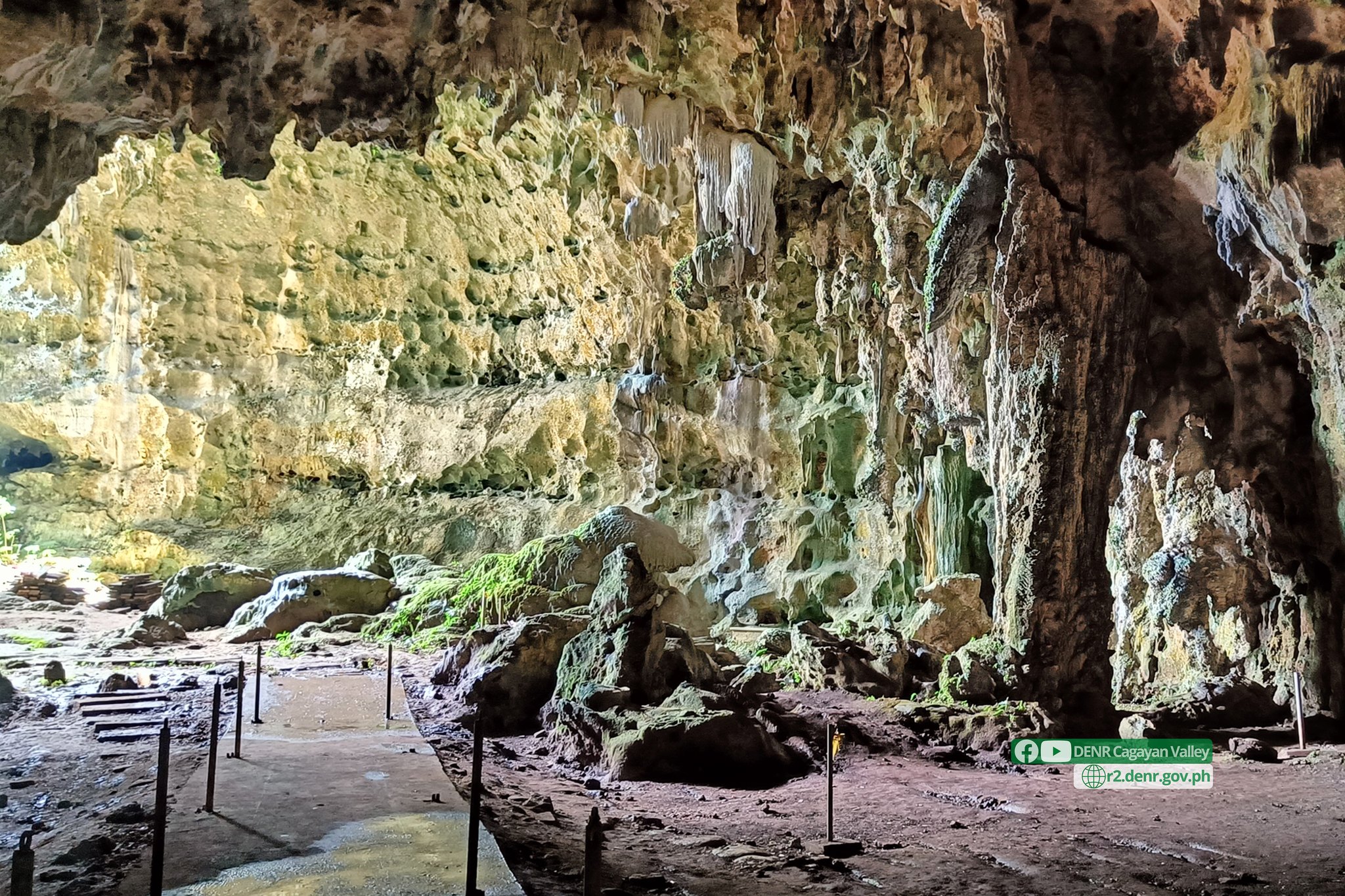
The Callao Cave is one of the 75 grottos already documented by the National Museum since 1977. The first showroom cavern is the largest, with a width of 50 meters and a height of 36 meters. It boasts a chapel in its second chamber, featuring Our Lady of Lourdes.
The entrance to the caves can be reached through 184 concrete steps. Its chamber has its own crevices where natural light comes in.
It is part of one of the earliest declared national parks in the country, known as the Callao Cave National Park, with an area of 192 hectares, established on July 16, 1935, under Proclamation No. 827, which was enlarged to an area of 118,781.58 hectares through Proclamation No. 484 signed by then President Gloria M. Arroyo on October 6, 2003, and now known as the Penablanca Protected Landscape and Seascape.
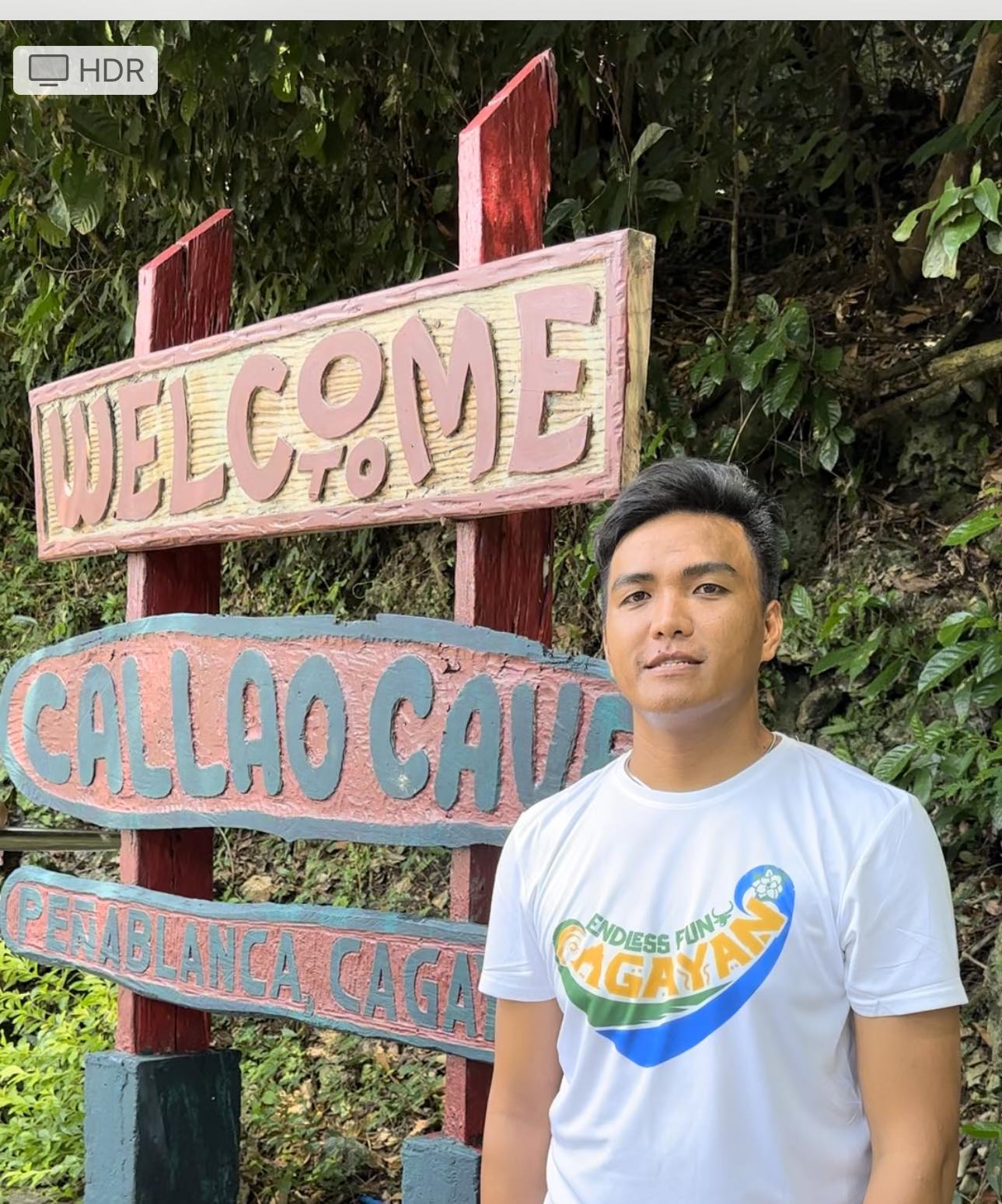
‘Hope for locals’
Regional Executive Director Gwendolyn Bambalan, who also chairs the PAMB, said reviving the ecotourism industry in Peñablanca town through its cave and river systems will help boost the economic conditions of vendors or stall owners, tourist guides, boat operators, and even the local government unit (LGU).
“It is high time for us to reopen the Callao Cave for the appreciation of the public, especially during long vacations, as well as to bring back the livelihood of the locals here in Peñablanca,” Bambalan said.
Gerald Taguinod, one of the tour guides, expressed his jubilation when they were informed that the cave would be reopened to the public, since he was one of those affected when the cave was closed.
Now that the cave is reopened to the public, Taguinod can now apply the learnings he acquired during the capacity building and enhancement seminar by the Cagayan Tourism Office he attended along with the other 24 tour guides.
“Sa ngayon, at least na-open na po muli ang Callao Cave, and we are very excited, kasi balik na kami sa serbisyo namin sa pagto-tourguide. At least lahat ng na-stop ang trabaho, makakabalik na po kami, Super saya po namin kasi balik turismo na po, balik kabuyan na po,” he said.
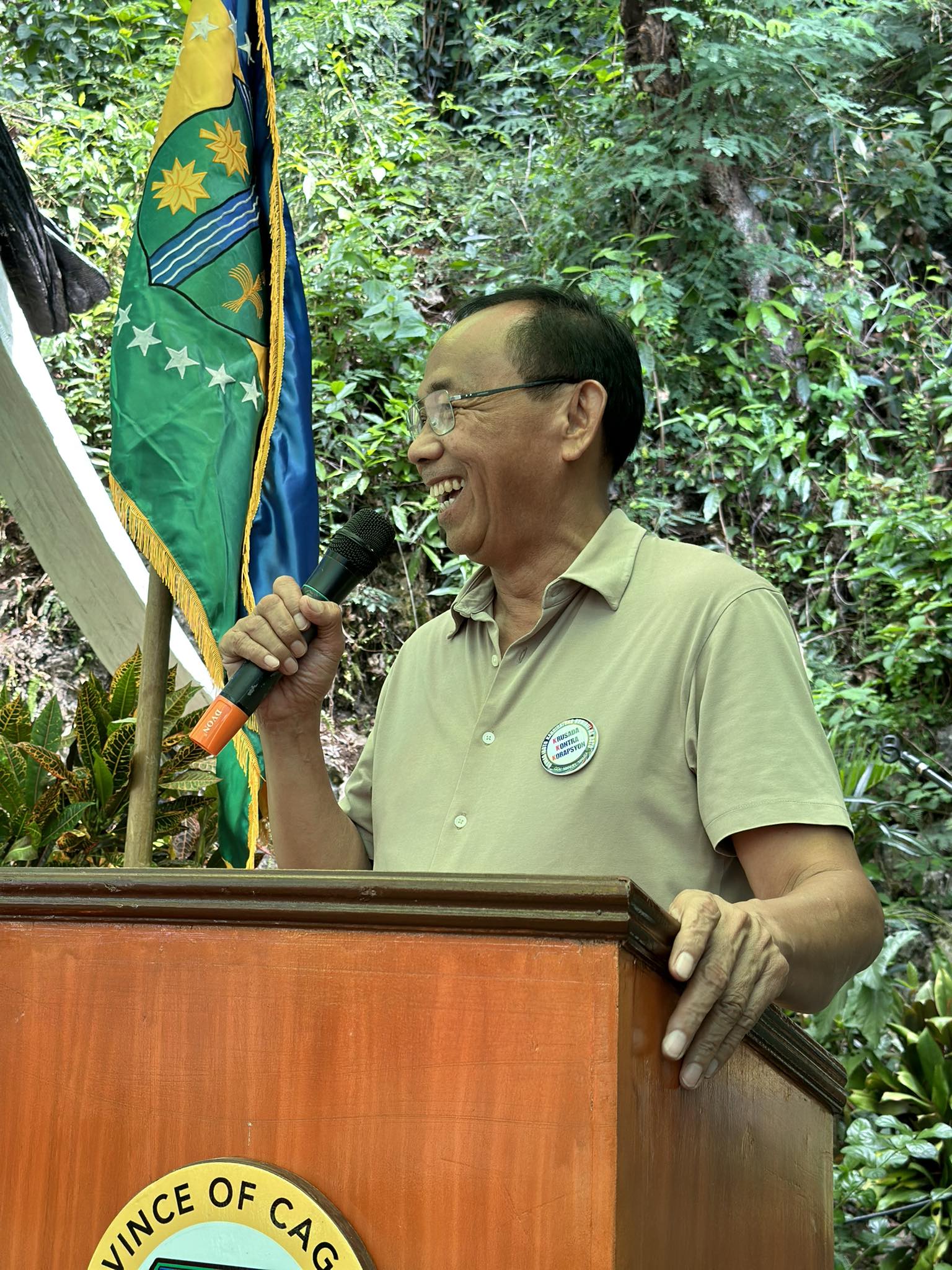
For his part, Cagayan Governor Manuel Mamba, in his message during the ceremony held today, lauded the efforts of the DENR and PAMB for giving the go signal to reopen the Callao Cave.
“Cagayan Province is prominent for having the greatest number of caves in the country. In the town of Peñablanca alone, around 200 caves abound, part of which is the famous seven-chambered limy Callao Caves,” the governor said.
He said that since its closure in 2020, the facilities at the eco-tourism site have been improved, such as new comfort rooms, a registration area, a Callao Cave life-size marker, and a resting area, among others.
“This is not just a provincial treasure. This is not just a national treasure; it is an international treasure. Hindi na lang atin ito, because it is very famous across the world. Kaya kung merong magpapahalaga dito, it’s not just our generations but also the generations to come. Because everyone in this world is a steward to preserve the Callao Cave,” said Mamba.
‘World's most significant archeological site’
The Callao Cave is now considered one of the world's most significant archeological sites after a human foot bone and twelve (12) other human remains were discovered in 2017 near the cave entrance.
The discovery was led by Dr. Armand Salvador Mijares of the Archaeological Studies program at the University of the Philippines. It is scientifically called Homo luzonensis and nicknamed Ubag, which means mythical cave man.
The discovery has placed Cagayan and the Philippines as a Human Evolution Site of the World, and the National Museum has designated Callao Cave as a National Important Cultural Property (ICP) due to the importance of the cave as not just a prime tourist attraction but as a human evolution site of great global significance.
Homo luzonensis represents another species of the genus Homo that evolved under the effects of insular endemism while being unique.
Aside from that, the eco-tourism site is also home to the Cloud Rat, a giant species of rodent endemic to Northern Luzon, locally called Buottis, also known as a "cloudrunner' because they mainly live high up in the canopy of trees.
Another one endemic to the Sierra Madre Mountain Ranges is the Rufous Hornbill (Buceros hydrocorax) or Philippine Hornbill, locally known as Kalaw.
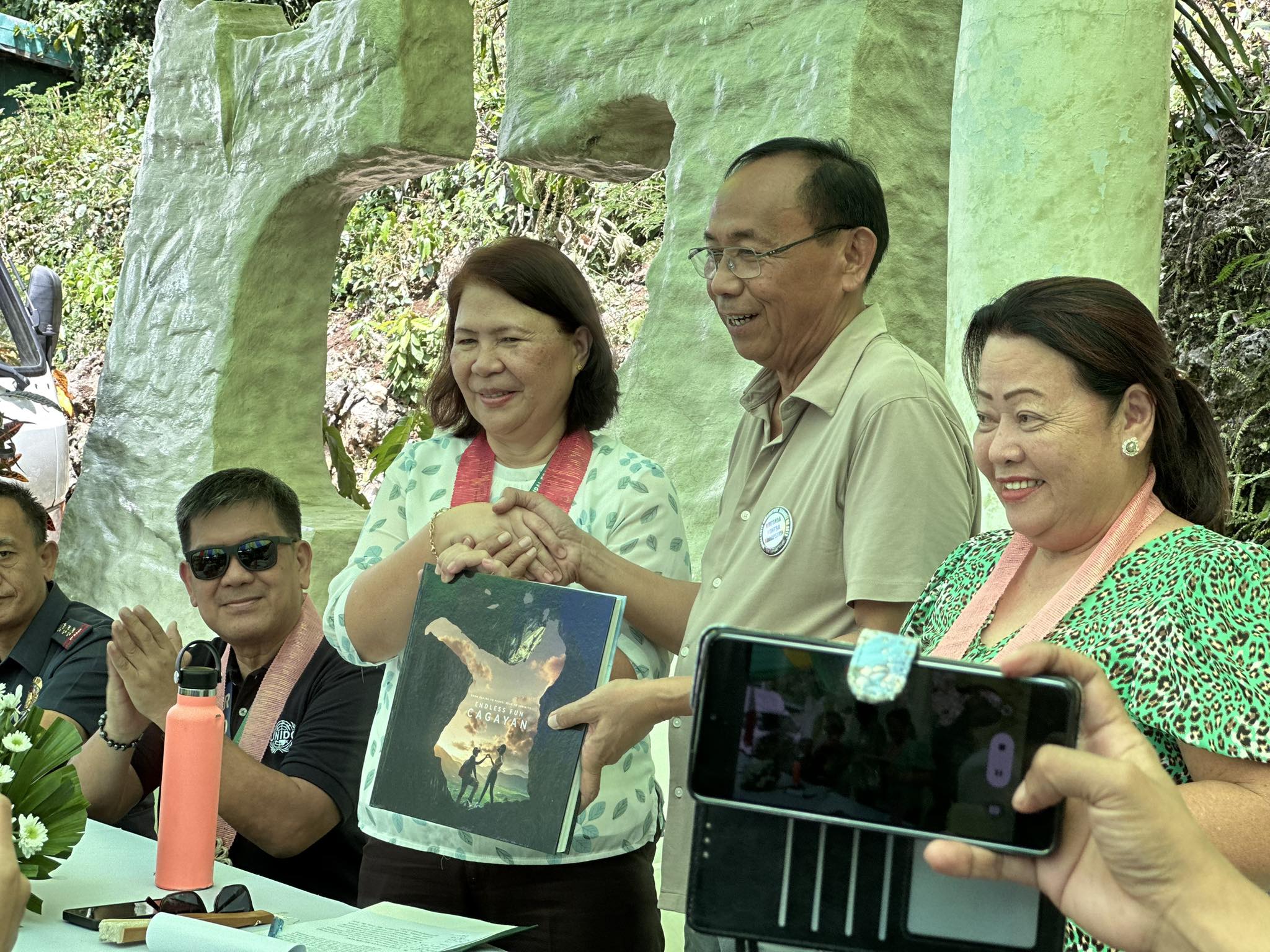
‘Ways forward’
For the preservation of the cave and other natural resources within the protected area, Bambalan encouraged the members of the board to strictly enforce national policies in managing natural parks.
She also highlighted the directive of DENR Undersecretary for Policy, Planning, and International Affairs Jonas Leones to be stern in allowing the construction of development projects within protected areas, especially in strict protection zones.
To help preserve the historical and archeological value of the Callao Cave, including other natural landscapes, a resolution approving the membership of the National Museum of the Philippines to the management board of PPLS was passed during the meeting, which was also attended by representatives of the provincial local government of Cagayan, municipal and barangay LGUs of Peñablanca, and the Philippine National Police. (MDCT/with reports from DENR/PIA Cagayan)
